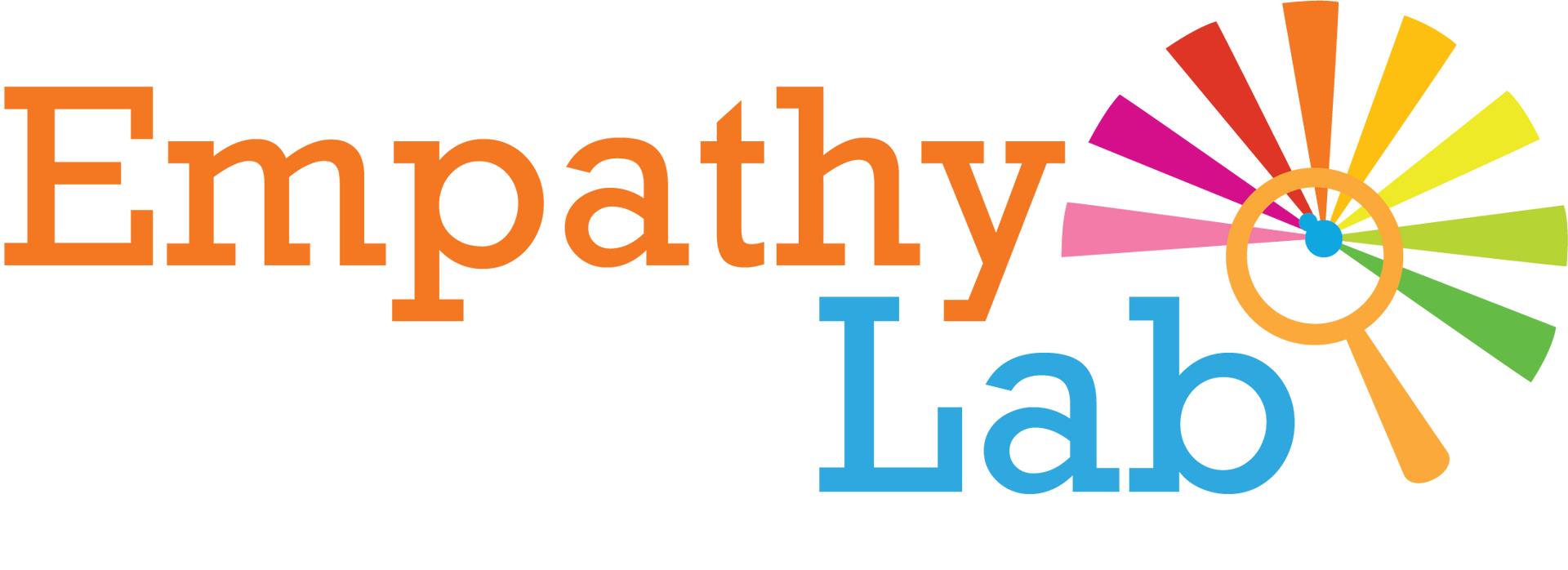P3 Assemblies
PHASE 3 - IMPLEMENTING TEACHING TOOLS AND RESOURCESAssemblies: Primary and Secondary
Assemblies about empathy: Primary model
Start with the assemblies to introduce pupils to the concept of empathy, the role of perspective-taking, how stories build empathy, and how to put it into action. Your aim is to develop a common language around empathy and a shared excitement about becoming Empathy Explorers and Empathy Bookspotters.
CPD VIDEO: see the video bank for a useful outline of one school’s approach, from Kenilworth Primary’s Deputy Head.
Assemblies can be delivered to the whole school, key stages or year groups. It usually works best to do the first three assemblies close together, perhaps weekly.Assemblies 3, 4 and 5 come at later points once pupils have developed their understanding of empathy.
•
Assembly 1: introduction to empathy. Children learn about the word empathy and its meaning; watch a short video; explore how stories can build our understanding of other people.
• Assembly 2: perspective taking. Understanding other perspectives is a key part of empathy. Children explore this through images, a story and discussion.
• Assembly 3: putting empathy into action (done in Phase 4). Uses a story to explore how empathy can help children base their action to help others on a deep understanding of their feelings and needs.
• Assembly 4A: Empathy Day (done in Phase 5). About Empathy Day and its purpose; a celebration of the year’s empathy work; next steps. Very pupil- led.
• Assembly 4B: Empathy Day with Empathy Awards (done in Phase 5). After voting for empathetic book characters, winners are announced in a red carpet ceremony.
TOP TIPS: Primary
- During/after the introductory assemblies, give out Empathy Explorer lanyards & stickers to create a sense of shared exploration across the school
- Inspire children to start identifying examples of empathy being shown – by themselves, others or book characters. Create an ‘empathy wall of fame’. This is the start of developing opportunities for pupil leadership
- Being able to see things from another point of view is a vital part of having good empathy skills. Following the perspective-taking assembly, build understanding by using the perspective-taking activities in the Storykits
Assemblies and follow on work about empathy: Secondary model
Secondary schools are unlikely to be able to do whole school empathy assemblies in the same way as primaries. Here is a case study of how one secondary school approached this. The accompanying Powerpoint is in the Resources Portal.
CASE STUDY: Lisa Caroll Assistant Head at Pentrehafod School, Swansea, writes….
"After the staff training we launched our EmpathyLab work with a series of 30 minutes assemblies to each year group over a week. I led these, using a PowerPoint to explain why we were undertaking this work, why it was so important to our school community and the intended outcomes.
I explained the links to Curriculum 2022 with its Four Purposes and to issues in the school – for example the behaviour in corridors towards other pupils. I brought in empathy experiences through literature using Steve Camden’s poetry book, Everything All At Once, which brilliantly explores the experiences and feelings young people have in a secondary school day. I read from the poem First Day .
We invited our Challenge Advisor, Senior Challenge Advisor and Chair of Governors to the assemblies and they also observed the classroom activities to check out pupils’ understanding of the relevance of the work.
Pupils returned to class with their teacher and went through a PowerPoint which further explored empathy and what they already knew. Teachers, TAs and pupils discussed how you can build empathy and why it is such an important skill.
Further assemblies and registration materials were themed around empathy. Work based on The Day War Came (a powerful Nicola Davies refugee picture book), was created for Year 7 and Year 8. Pupils discussed how empathy skills could change our school community and make it more caring and inclusive. They talked about how empathy meant you could support charities and the community from the basis of really understanding what help was needed.
Reflecting on the process, staff and the Student Parliament felt we had rushed things a bit, and suggested more time was needed to complete the resources and discuss empathy. We will build that in to the next stages of our work."
TOP TIPS: Secondary
- After assemblies – create the right time and space for pupils to deepen and discuss the empathy learning and practices explained. Agree concrete outcomes
- Plan systematic opportunities for pupils to experience empathy through books and related discussion/listening
- Plan cross-curricula opportunities to practice empathy skills, and explore feelings. Teachers from different subjects can be given shared planning time around a book or Storykit



